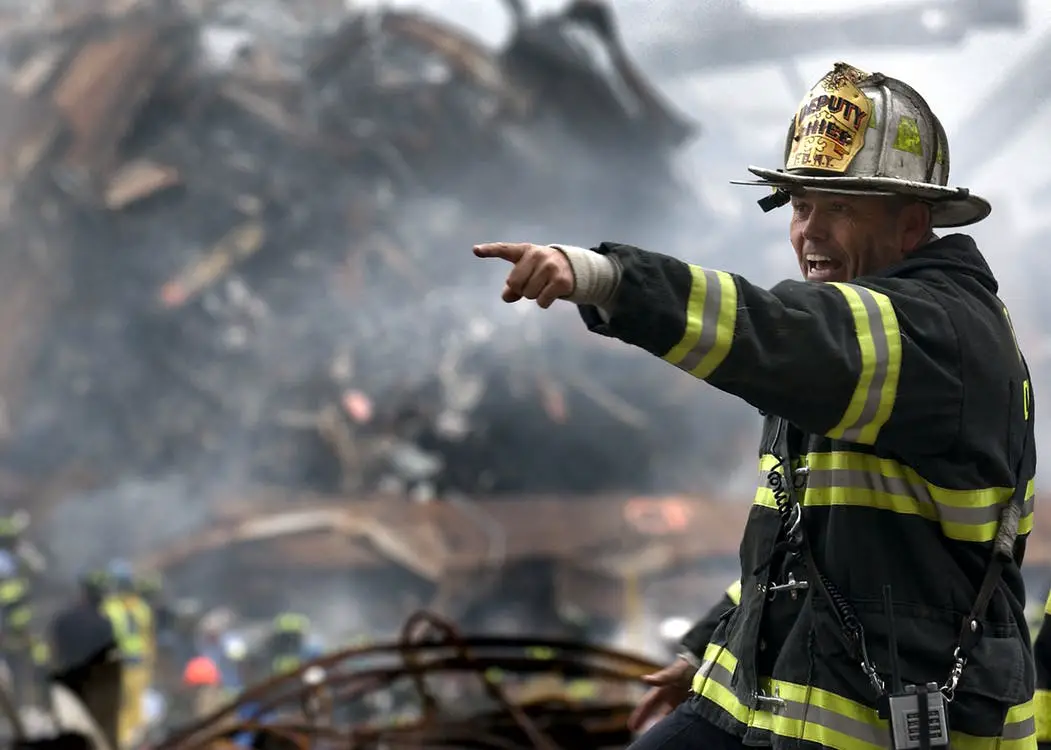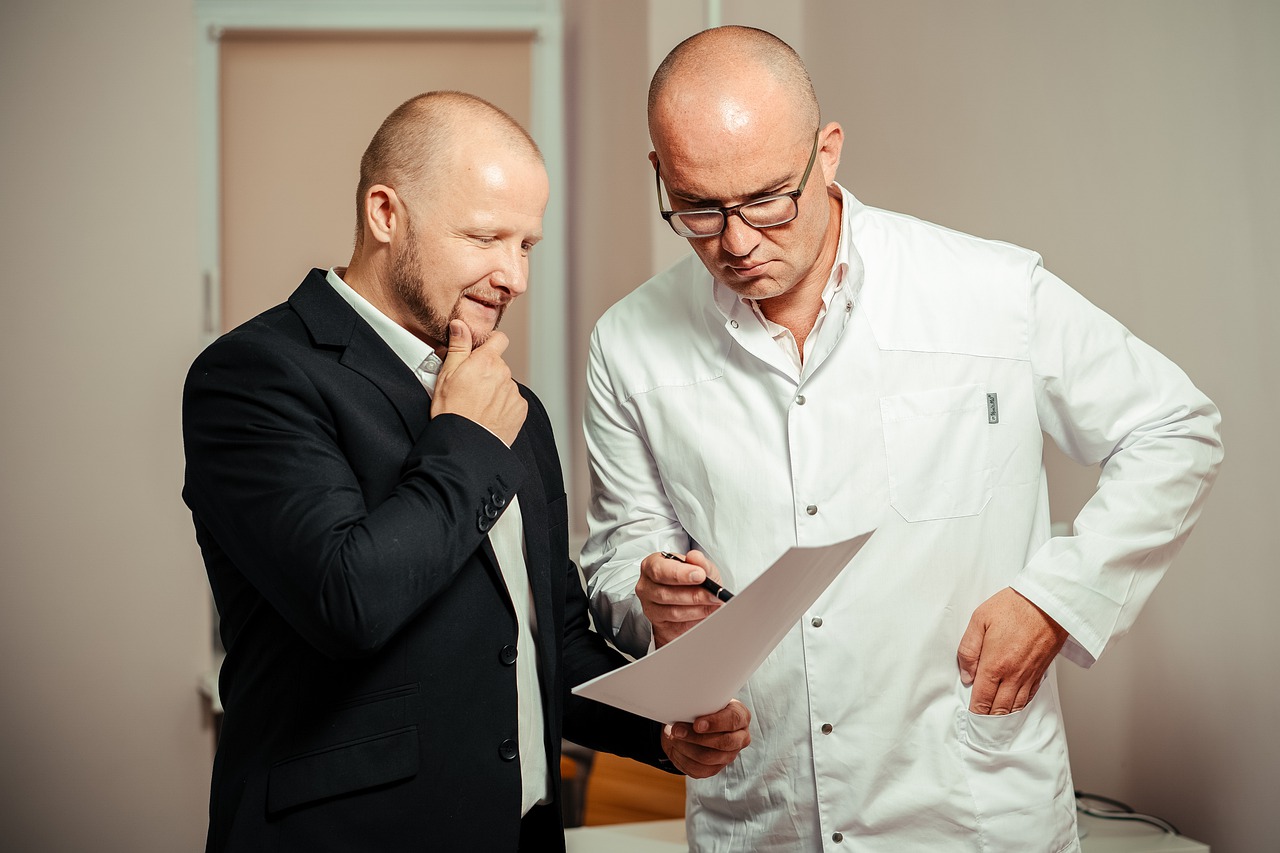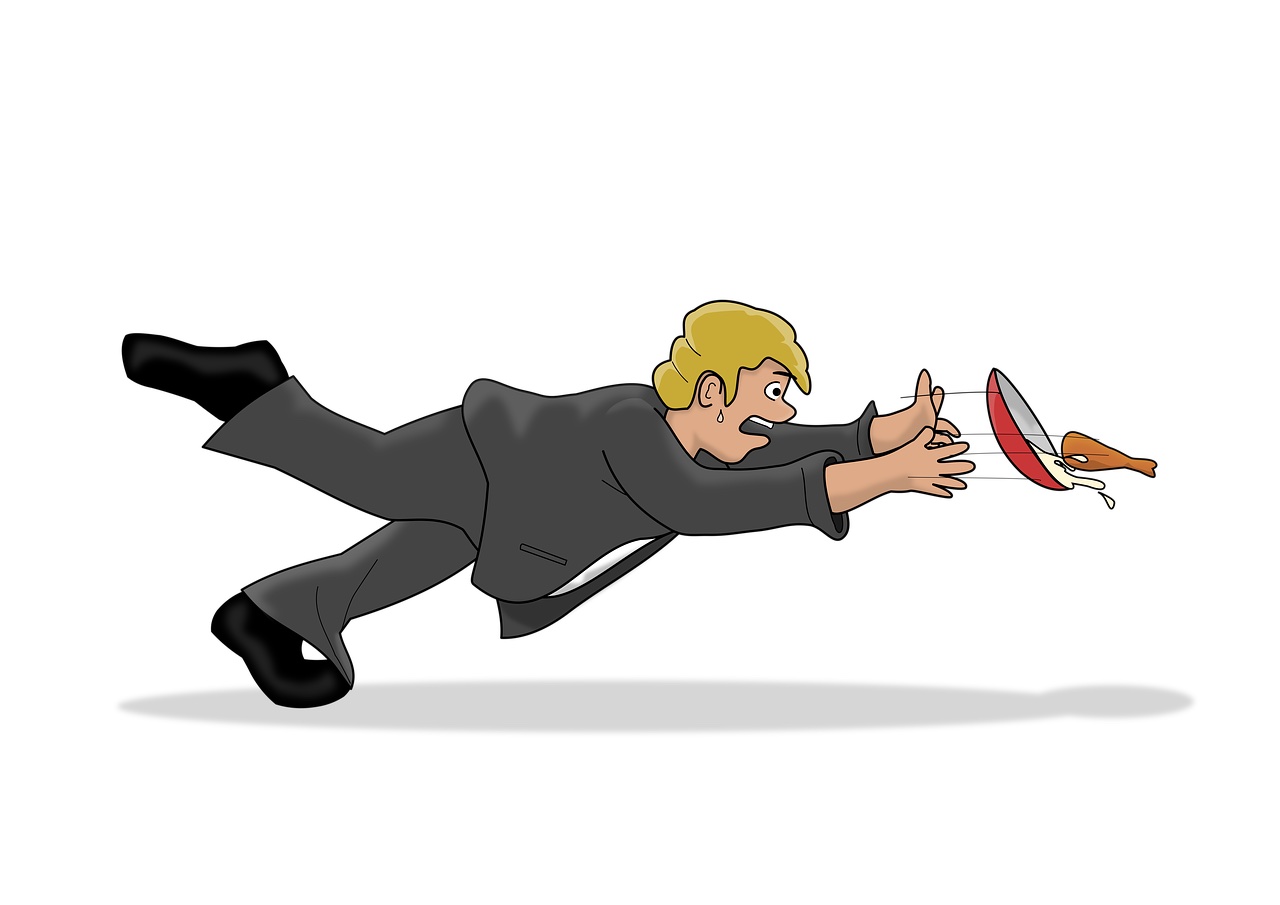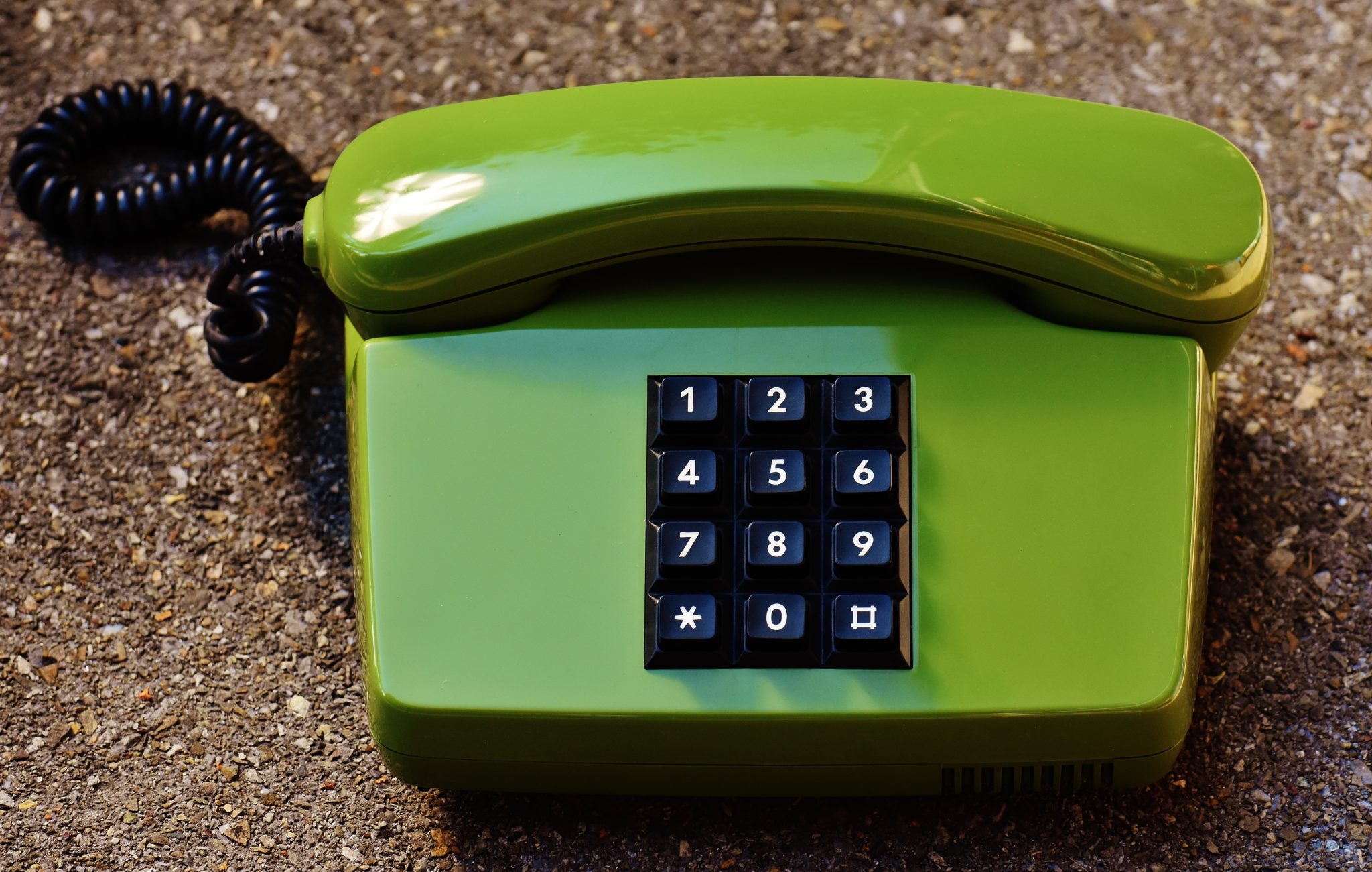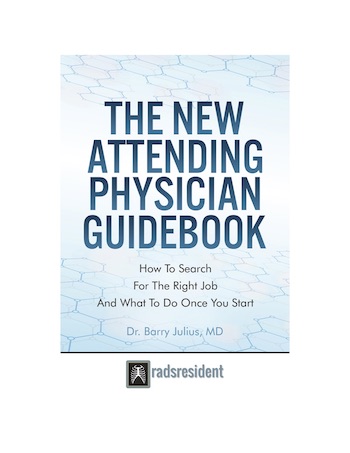
It’s almost that time of the year. And if you have not received an invitation yet, it will probably arrive in your email or mailbox soon. Yep… It’s time for the annual radiology department holiday party.
Our department has hosted a party every year since I started as an attending in my practice. (over 17 years ago!) Faculty expect most of our residents to attend the festivities since it is such a deep-seated tradition at our organization. And most do.
But what if you are on the fence? Maybe you have other obligations or are not the party-goer type. Whatever the case may be, you need to decide whether to attend or not. Well, I am here to help you with that decision! Let’s go through six reasons you should try to make that holiday party if possible.
Esprit De Corps
You are not just a radiologist but also a team member. Showing up displays your pride in the organization and lets everyone else know you care about the department. Now, all the others will understand that you are a team player, too!
Befriending Your Colleagues
What better opportunity to get to know your colleagues? Not just your fellow residents but the technologist who works down the hall and the nurse who cares for your patients. You can finally see these people not just as hospital employees but also as living human beings. You can even dance the Macarena on the dance floor with them, too!
Get To Know Your Attendings
It can be hard to get to know your bosses when they are involved in patient care and running a residency, telling you what to do. You may feel uncomfortable with the party because you now must sit down with them and chat. Now, you can spend time with your “difficult attendings” in an environment unrelated to your primary occupations. Who knows? Maybe it will lead to an excellent recommendation!
To Be Polite
You know… Someone had to shell out the money for the party. And the radiology department invited you to enjoy a party with them. Is it nice to skip out on an event created just for the benefit of all to enjoy? Not really!
Getting Involved
You can’t always study. Sometimes, you have to get out there and get involved. Getting involved can be as simple as showing up early to work up your patients. But it can also mean attending a party. You’ve signed up for this residency. So, show up for the events!
Find Out What Really Happens In The Department
Few better opportunities arise that allow the resident to see what happens in the radiology department. When the attendings “let their hair loose” and have a few drinks, you know who plays with whom. And, you get the real low down about what goes on. You can’t learn everything from a book!
Is It That Important to Attend The Holiday Party?
Yes!!! We struggle all year to work hard to learn and improve patient care. It’s now time to take some time aside to get to know our department. Let us enjoy the fruits of our labor together!
